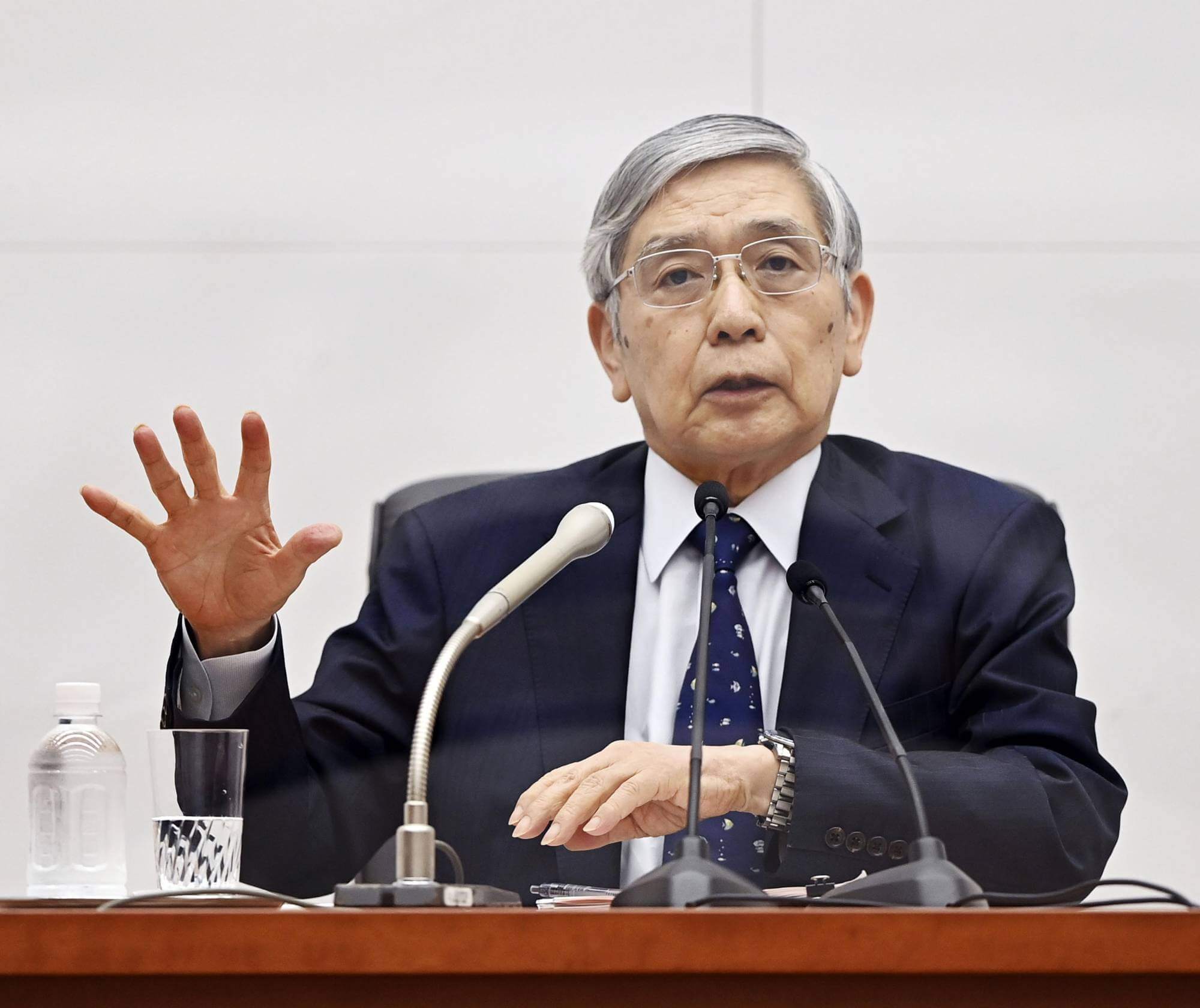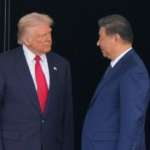Japan’s crucial inflation indicator experienced a slight acceleration for the first time in four months, aligning with market expectations and adding complexity to the Bank of Japan’s (BOJ) policy considerations ahead of its December meeting. The growth in consumer prices, excluding fresh food, inched up to 2.9% in October from 2.8% in September, maintaining levels above the BOJ’s 2% target for the 19th consecutive month, as reported by the Ministry of Internal Affairs on Friday. Economists’ median forecast anticipated a rise to 3%, influenced by a reduction in government subsidies for utilities.
The impact of gas and electricity price measures on overall inflation decreased to 0.49 percentage points from 0.98 in September. Hotel prices played a role in bolstering inflation due to a sustained recovery in inbound spending, although the pace of increase in processed food prices slowed.

BOJ Governor Kazuo Ueda faces persistent inflationary pressures, contradicting his stance that a decline in import prices will temporarily cool inflation. However, domestic forces have yet to sustain inflation, with the higher cost of living restraining consumer spending and outpacing wage growth, contributing to a contraction in the economy last quarter.
Takeshi Minami, economist at Norinchukin Research Institute, noted, “Consumption continues to be weak, and I think companies are hitting the brakes on passing on costs into food prices out of concerns over damaging spending. A virtuous cycle of prices won’t happen unless wages rise more, and the BOJ isn’t in a situation yet to normalize its policy easily.”
With Prime Minister Fumio Kishida’s approval ratings at their lowest in his two-year premiership, partly due to inflation concerns, he recently unveiled an economic package exceeding ¥17 trillion ($115 billion). The package extended subsidy programs to mitigate energy prices until April and included tax rebates and cash handouts to support households grappling with rising prices. Excluding fresh food and energy, consumer prices climbed 4% from the previous year last month, hovering around the highest level since 1981, according to the ministry.
The yen’s weakness, remaining near a 33-year low against the dollar, has been a significant driver of high import costs. Ueda has faced inquiries in parliament about whether monetary easing is contributing to the yen’s decline, amplifying the inflationary impact on households.
While a measure of prices for firms has fallen to the lowest level since early 2021, uncertainties persist regarding the extent to which businesses will pass on costs to consumers. The question of whether firms will raise prices to boost wages remains pivotal for both the BOJ and the government.
Prime Minister Kishida and Governor Ueda have underscored the importance of next year’s annual spring wage negotiations. The outcomes of these negotiations are considered a crucial factor in determining whether the BOJ can progress toward clear policy normalization. The prime minister emphasized this week that increasing wages is “the most important task” for him.








